
The month of festivities
Latest
| TIN LIÊN QUAN | |
| New Year customs enrich Vietnamese culture | |
| Tet food reflects different lifestyles | |
Everywhere in the world, without exception folk festivities originate form weather, religion or the socio-economic life.
Sometimes, one of these factors becomes predominant, at others all of them are intertwined. In Việt Nam, the biggest and almost significant popular festival is incontestably Tết, the lunar New Year festival. Essentially, it is the time of rest for the peasants after a year of hard work. It is also the time to enjoy the new spring, to receive the new breath of the air and the land, to offer prayers to Buddha and all manner of deities, to pay homage to one’s ancestors and to strengthen the ties within the families and in the hamlet and Village.
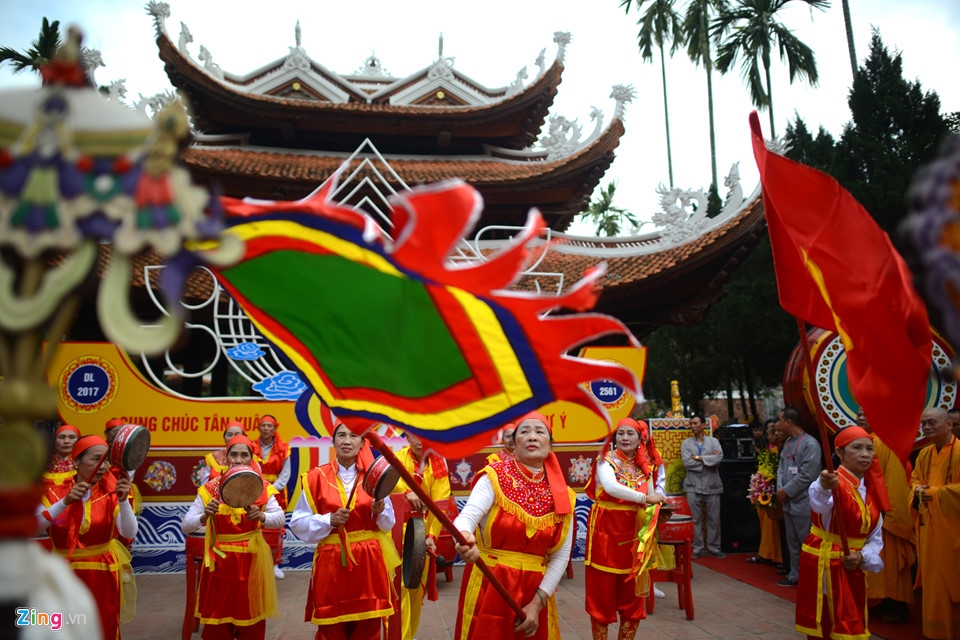 |
| Festival at Huong pagoda. (Photo: Zing) |
Spring festivals are held in almost Vietnamese villages. Although the third month is the month dedicated to festivals, people - more particularly in the Red River delta which has always been regarded as the cradle of the Vietnamese culture - actually begin amusing themselves immediately or shortly after Tết. The village festivals are often vestiges of autochthonous animism blended with elements of Buddhism, Confucianism and Taoism. The đình (communal house), the social, political and cultural seat of the village, is also the site of the festival.
A festival which sometimes lasts for 10 or even 15 days is the first of all dedicated to the local genie. This may be a real or legendary hero of the locality who has done great service in the fight against foreign aggression or who has greatly contributed to the building of the village or taught the villagers some crafts. Thus the đình or Bùng village in Hà Tây province worships Phùng Khắc Khoan who taught the villagers the silk weaving craft and the đình of Triều Khúc village worships a hero in the resistance against aggression who also first introduced raw silk weaving into the village.
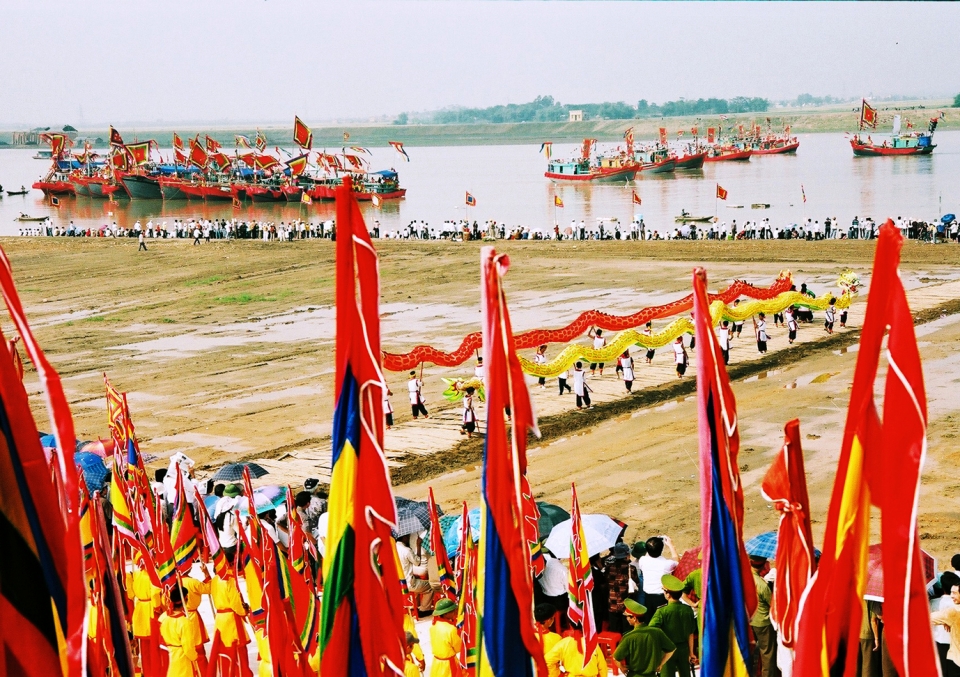 |
| Kiep Bac festival. (Photo: IDP Travel) |
A festival always includes worshipping rituals followed by procession of palankeens and a wide variety of games and entertainment such as performances by the local folk music ban, water puppetry, card games, oriental chess in which the pieces are young men and women, wrestling, cock fight, swinging, bird releasing, contest of rice cooking, boat race, kite flying, etc. Some of these games bear vestiges of beliefs of primitive man such as the cult of the Sun or fertility worship. In particular, at Dã La village at the closing evening following a week of revelry all the lights suddenly go out and the free-for-all lasts quite a moment.
If you want to make a pilgrimage by boat during spring days to contemplate the beauty of the Vietnamese countryside, you are advised to join the festival of Hương pagoda which begins every year in the second lunar month and lasts well into the third month.
Huu Ngoc
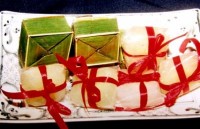 | Traditional Tet cakes of ethnic groups in Vietnam Tet custom demands different sorts of cake to offer to the earth, heaven and ancestors. |
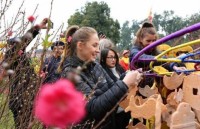 | Foreigners excited at Vietnam’s traditional New Year A new spring is nearing. Not only Vietnamese but foreigners who are living in the country are very eager to welcome the Lunar New Year, ... |
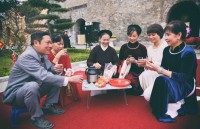 | Traditional Tet re-enacted at Thang Long Royal Citadel Traditional rituals during Tet (Lunar New Year), along with a range of art performances and folk games, were re-enacted at Ha Noi-based Thang Long Royal ... |

















